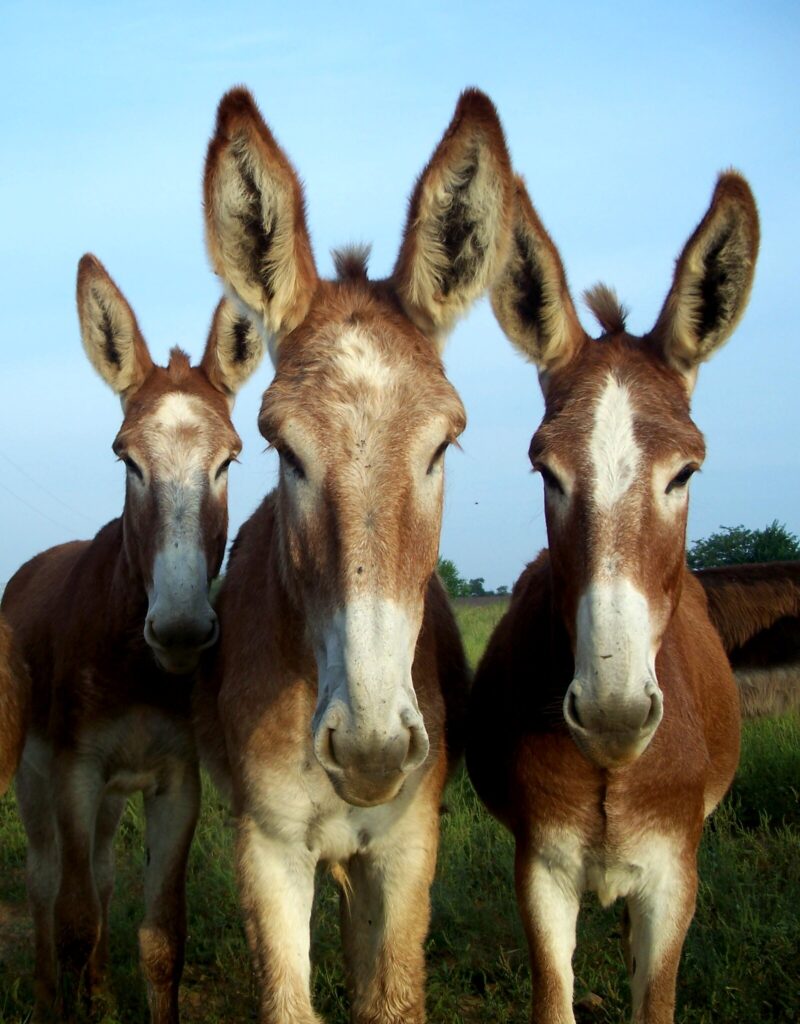By Sophie Mendell
Billions of years ago, there was no life on Earth. Today, Earth is abundant with life. The role of astrobiologists is to determine when and how life began. Before astrobiologists can determine when life began, they must first determine what life is. From people scrolling through TikTok, to Serratia marcescens turning your shower head pink (Figure 1) – life is everywhere around us. Life may be elsewhere in the universe too– perhaps on Mars, another solar system, or in another galaxy! So, what are the necessary components for something to be considered alive? Astrobiologists turn to NASA for the answer. NASA says life is a self-sustaining chemical system capable of Darwinian evolution. Let’s break this down.

Figure 1. Pink shower “mold” is not actually a mold at all! It’s caused by a bacteria, Serratia marcescens.
- Darwinian evolution is the ability of organisms to improve their chances of survival in a competitive environment by acquiring favorable traits. These traits are small changes (mutations) within an inheritable set of rules (genes). The group’s environment selects for traits that increase survival of the group. Think about kitten fur color. In a litter, kitten fur may be similar to the parents, but with spots in different areas or new color combinations. These slight color differences (phenotypes) are because the kittens have received the parent cats’ ”color rulebook” but with small changes (mutated genes). Because these new color combinations and spots make kittens adorable, they’re kept as pets, which promotes the survival of their species. Therefore, cats are capable of Darwinian evolution. In comparison, by lacking this criteria, fire is not alive. Fire is a group of reacting molecules that, with limitless fuel, can react endlessly. However, fire always has the same components and steps. Figure 2 shows the reaction that has kept both your primitive ancestors and you warm on cold days. Wherever and whenever in the world fire is, it remains the same. Fire cannot evolve and therefore is not alive.
- A self-sustaining system is capable of self-regeneration or does not require external processes for its continuation. The human body self-regenerates through cellular division. Simply put, you make more you; you grow taller and heal from wounds. Your body can regenerate and sustain itself and it does this in the absence of external input. Our metabolic processes continue without food, water, and oxygen. If you were to hold your breath, you could still think and feel, even if only for a short time. By these measures, viruses, like the one causing COVID-19, are not alive. Viruses need access to host resources and metabolic processes to replicate. Without host access, viruses cannot create or use energy. In comparison, without access to food, your body still creates and uses energy. For viruses to do basic activities, like metabolism and self-regeneration, they need a host-cell. This dependency on external systems means a virus cannot be considered alive.
- A chemical system has a molecular basis with easily used components that can readily be found in nature. The building blocks of molecules are elements, like oxygen, hydrogen, and carbon, that are abundant in and around us. The molecules that elements build interact with each other in predictable ways. The patterns that molecules interact in, create the underlying system necessary for life. Non-chemical systems, such as mechanical or electrical systems, like those making a computer, are not found naturally and require diverse and complex components to use. By this criteria, artificial intelligence (AI) is not alive. AI can respond to and learn from its environment, allowing it to adapt without need for human intervention to ensure survival. However, AI is reliant on its underlying hardware – mechanical and electrical systems. As AI’s fundamental components are not chemical in nature, it is not alive.

This definition provides a concise and readily applicable formula for life. However, it’s flawed. Mules come from breeding donkeys with horses. Due to their mixed-species parentage, mules are sterile animals. While they received genes from their parents, they cannot pass these along to further generations. Mules cannot make more mules, so, as a group, they can’t engage in Darwinian evolution. Though we intuitively know these stubborn and sweet creatures are alive, by NASA’s definition, they are not. As we continue to explore our galaxy and the early origins of life on Earth, we will surely further refine our definition of life.

Figure 3. Three mules standing together in an open field.
